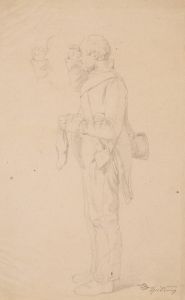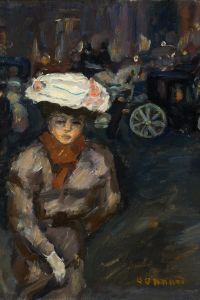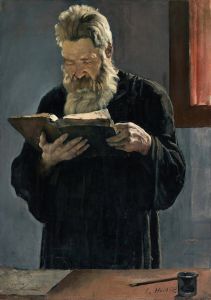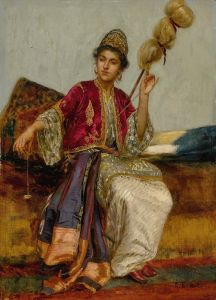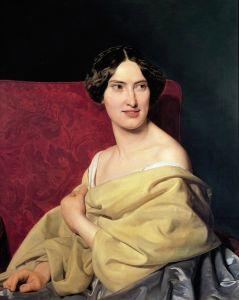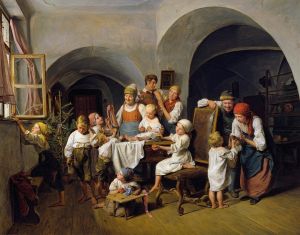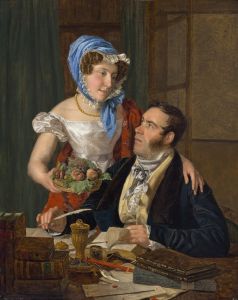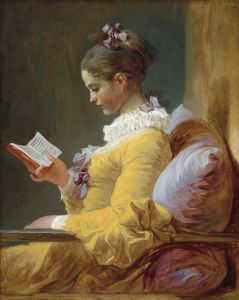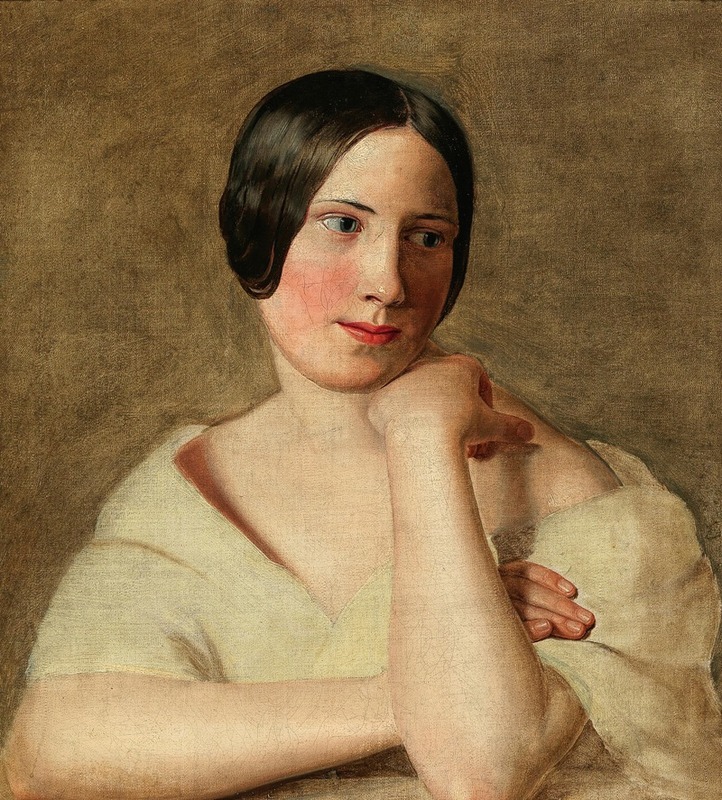
A Girl with Propped Up Arms
A hand-painted replica of Ferdinand Georg Waldmüller’s masterpiece A Girl with Propped Up Arms, meticulously crafted by professional artists to capture the true essence of the original. Each piece is created with museum-quality canvas and rare mineral pigments, carefully painted by experienced artists with delicate brushstrokes and rich, layered colors to perfectly recreate the texture of the original artwork. Unlike machine-printed reproductions, this hand-painted version brings the painting to life, infused with the artist’s emotions and skill in every stroke. Whether for personal collection or home decoration, it instantly elevates the artistic atmosphere of any space.
Ferdinand Georg Waldmüller was an Austrian painter known for his contribution to the Biedermeier period, a time characterized by a focus on realism and middle-class life in art. One of his works, "A Girl with Propped Up Arms," exemplifies his skill in capturing the nuances of everyday life with meticulous detail and vibrant color.
Waldmüller was born on January 15, 1793, in Vienna, Austria. He studied at the Academy of Fine Arts in Vienna and initially worked as a portraitist and miniaturist. Over time, he developed a keen interest in genre painting, which depicted scenes from everyday life. His works often reflect a deep appreciation for nature and a commitment to realism, which became hallmarks of his style.
"A Girl with Propped Up Arms" is a fine example of Waldmüller's genre painting. The painting portrays a young girl in a moment of repose, her arms propped up as she gazes thoughtfully. The composition is intimate, drawing the viewer into the girl's world and inviting contemplation of her thoughts and emotions. Waldmüller's attention to detail is evident in the delicate rendering of the girl's features and the textures of her clothing, which are depicted with a lifelike precision that was characteristic of his work.
The Biedermeier period, during which Waldmüller was active, was marked by a shift away from the grand historical and mythological themes of earlier art movements. Instead, artists focused on the domestic and the personal, capturing the essence of middle-class life. Waldmüller's paintings often reflect this shift, portraying scenes that are both relatable and imbued with a sense of tranquility.
Waldmüller's work was well-received during his lifetime, and he became a prominent figure in the Austrian art scene. He was known for his ability to capture the subtleties of light and shadow, which added depth and realism to his paintings. His landscapes and portraits were particularly admired for their vividness and attention to detail.
In addition to his painting, Waldmüller was also an influential teacher. He advocated for the importance of studying nature directly, encouraging his students to observe and depict the world around them with accuracy and sensitivity. His teachings contributed to the development of a more realistic approach to art in Austria.
Despite his success, Waldmüller faced challenges later in his career. He had disagreements with the Academy of Fine Arts in Vienna, where he taught, over issues related to artistic freedom and the curriculum. These conflicts eventually led to his resignation from the academy. Nevertheless, his legacy endured, and he continued to be celebrated for his contributions to the art world.
Today, Waldmüller's works are held in high regard and can be found in various museums and collections. "A Girl with Propped Up Arms" remains a testament to his skill as a painter and his ability to capture the quiet beauty of everyday life. Through his art, Waldmüller offers a window into the world of 19th-century Austria, inviting viewers to appreciate the simplicity and elegance of the Biedermeier period.






